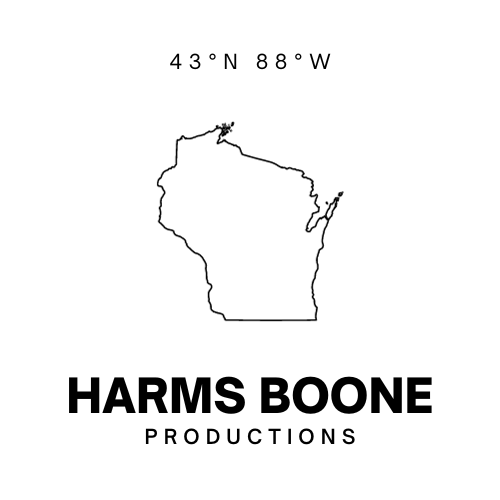There’s a lot of wistful mythologizing that happens among certain Americans about European road design and land use. It’s easy to only remember the things that were really rad about European streets once back stateside, and to assume it’s always been this way. It’s also easy to assume we can quickly update our urban environments at home, do absolutely everything the same and we’ll never have another pedestrian death. It’s a fallacy that makes a lot of assumptions and lacks context: Cities are laid out differently in Europe. Most of them were first built hundreds of years before most American cities. Many were destroyed during WWII and rebuilt through the second half of the 20th Century. Still, it’s good to see what we could learn if we were so willing.
No Turn on Red Everywhere
This has allows stop lines to be set further back from the intersection and cars stay there until the light turns green. I’d guess the stop lines were a good 10 yards back from the corner. When you cross, there’s no guessing about whether a car sees you ambling across the street or negotiating cars blocking the crosswalk. There’s no reason to be in front of the stop line, so intersections are usually clear when you have a walk signal. It even makes driving a little less stressful because intersections are orderly and you just wait your turn.
As far as I could tell, and remember, turning left on a solid green was also disallowed. If you need to turn, you’re waiting for a light like everybody else. This means there’s fewer cars sitting in the middle of intersections with other cars moving around them, or sitting in the way of pedestrians, ready to move without notice.
Turning right on red is an advantageous standard for cars, but a disadvantage for many other road users, especially pedestrians and cyclists. I lost count of how many times a right turning vehicle blocked a bike lane a long time ago. If the maneuver were illegal, maybe we could redesign our streets to make more equitable use of them.
Raised crosswalks
I was impressed with how often crosswalks were raised to meet the curb. This is an important accessibility improvement over the traditional curb cut where instead of lowering the sidewalk to meet the road, you raise the roadway and get a speed bump in addition to a crosswalk. Beyond that, I also noticed that sidewalks were often positioned either at the very front of an intersection, or set back a few yards, along with the stop line and traffic signals.
When crosswalks weren’t raised to meet the curb, though, curb cuts were rarely designed to make a smooth ramp to the road surface. This may help some who rely on the feel of a pavement change to help them navigate the city, but it made crossings with stroller wheels difficult. I imagine it’s similar for wheelchair users. We had to lean the stroller back and then set the front wheels down or we’d crash into the curb and László would fall out. (Yes, I know, we should always use the five point harness but we can’t all be perfect all the time now can we?)
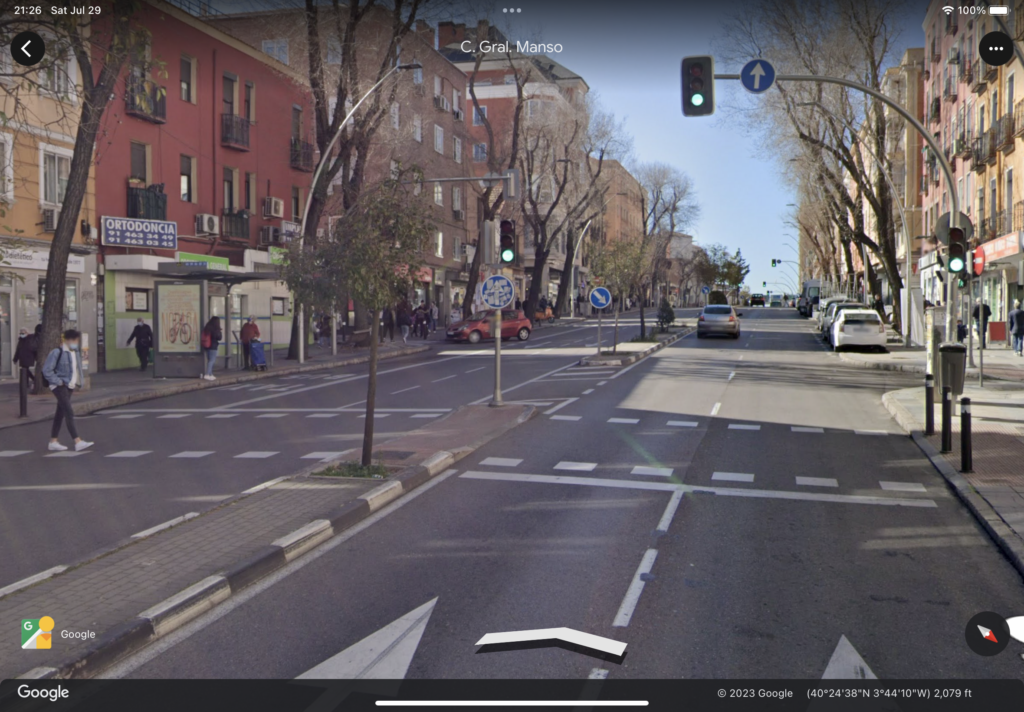
Mid-block crossings
As a driver, this was admittedly a little frustrating, but as a pedestrian: bliss. There were often many opportunities to cross a busy road safely. Paseo de Extremadura, a main arterial road through Barrio de la Latina pictured above, had many mid-block crossings with a narrow median just large enough to be a refuge if you got stuck halfway. They weren’t much, but they did serve an important function in preventing mid-way left and U turns. As pedestrians, we often only had to worry about cars moving in one direction at a time.
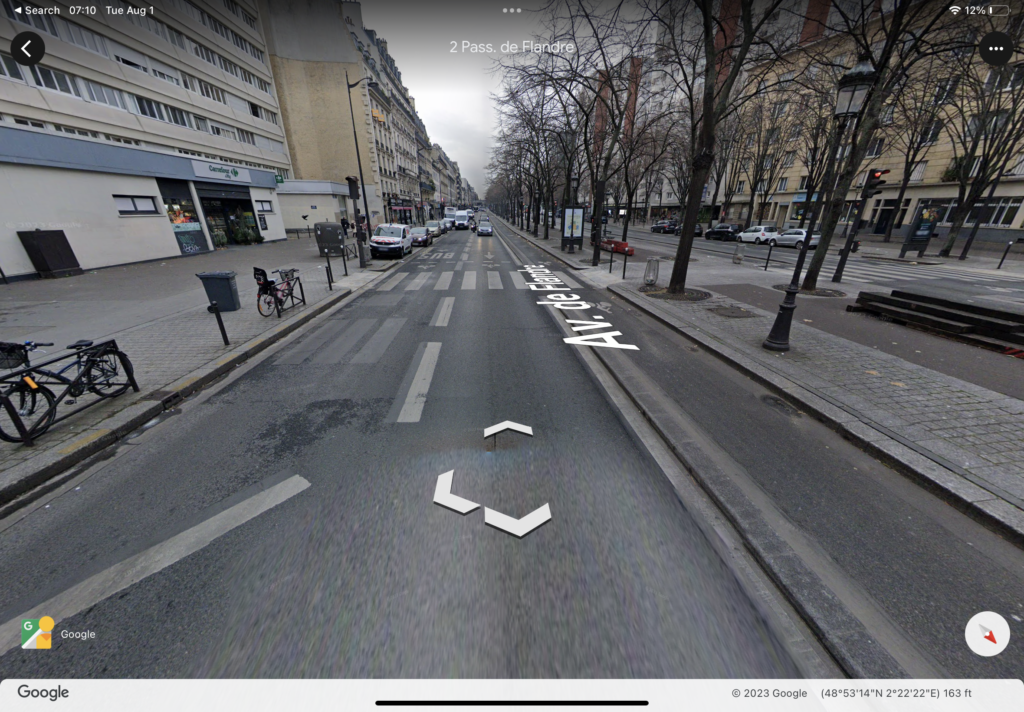
Most of these arterials also had dedicated bus and/or bike lanes (Ave. de Flandere, above, had both). At least in Paris, bikes and taxis were allowed to use bus lanes, which promoted use of public transit and cars already on the road over private vehicles, because if you were in a bus, taxi, or on a bike, you were moving more than everybody else stuck in traffic.
Like every example, though, there were definitely exceptions. Crossing over Avenida Portugal to get into Casa de Campo had a generous pedestrian refuge in the Jardines Avda Portugal. To get into the park, though, the crosswalks were fewer and further between. It might make some sense since it’s a slower road and less dangerous to scoot across without a marked spot, but it was especially odd when these crosswalks didn’t match up with park entrances or when crossing would have brought relief from the sun. Still, it’s easier to deal with one direction of traffic when you have to decide whether it’s worth going out of your way to get to a crosswalk.

Pedestrian zones and alley limits
It’s also easy to see the giant pedestrian zones in big cities like Marienplatz in Munich and think “we need this in [insert your city here]!” Something I noticed more on this trip, though, were the smaller pedestrian zones lurking around every corner. I noticed this particularly in Paris, but also in Ljubljana and even smaller rural communities.
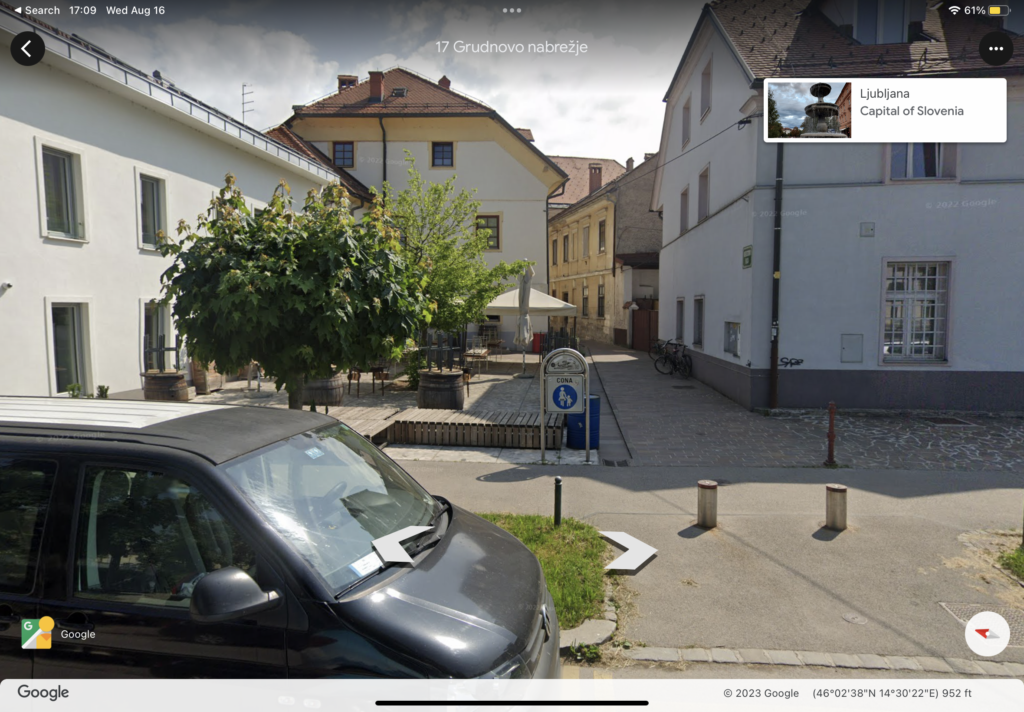
Some were basically alleys, I suppose, but they felt narrower than American alleys, typically one-way for cars, and open for bikes and pedestrians. I grew quite fond of seeing the sauf velos signs all over the place. In some cases these narrow passages also turn into little communities, but they were more often just alleys.
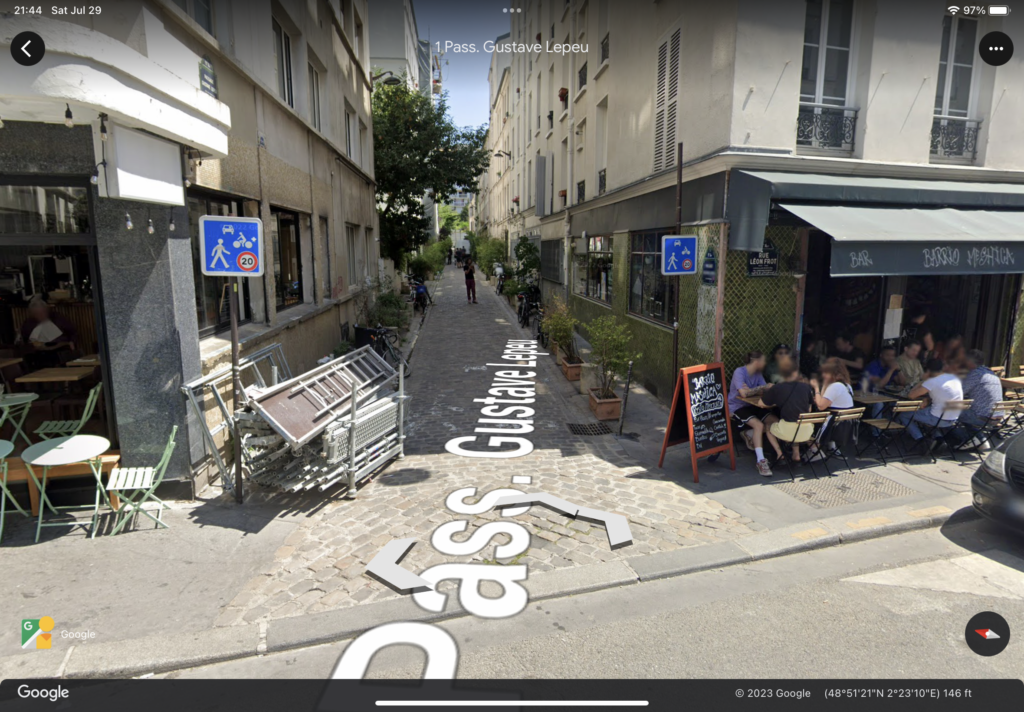
It’d be interesting to think about how to redesign the grid of alleys in Milwaukee to make them one-way for motor vehicles, and open for all other road users. We have a lot of kids who play in our alley. If we made it one way, we would only have to watch one direction and also eliminate that too-familiar problem of turning into the alley only to see someone coming the other way at you.
Plenty of people still drive
All of this combined led to streets that felt calmer as a driver and a pedestrian. We did plenty of driving and the main thing that stressed me out was trying to follow along with my phone giving difficult-to-follow directions in a new location which, like, isn’t that unusual.
With the exception of the densest of urban environments (e.g., Paris, downtown Madrid or Munich), cars could actually get around. I suspect fewer people were trying to drive because it’s possible and less of a hassle to go another way. It’s nice to have a variety of different ways you could get places, and be able to choose a mix of how you get around.
I long for a day when Milwaukee could try any of these things city- or county-wide. It could start with some data driven pilot programs, maybe, in areas of high pedestrian incidents. But the guiding questions ought to be ones like: What is the advantage to pedestrians who live around a busy area like N Teutonia and W Capitol if we ban right turn on red and require signaled left turns (and then actually enforce it)? If we don’t need right turn space in road ways, how might we build out dedicated transit and bike space? IF we lower speed limits on Fondy, how might we improve accessibility to places like Sherman Phoenix or promote equity to NW Milwaukee residents who commute to downtown? It’s frustrating to have the state put such a heavy hand on our local decisionmaking and funding, but it’s a nice to have improvement models to advocate around.
